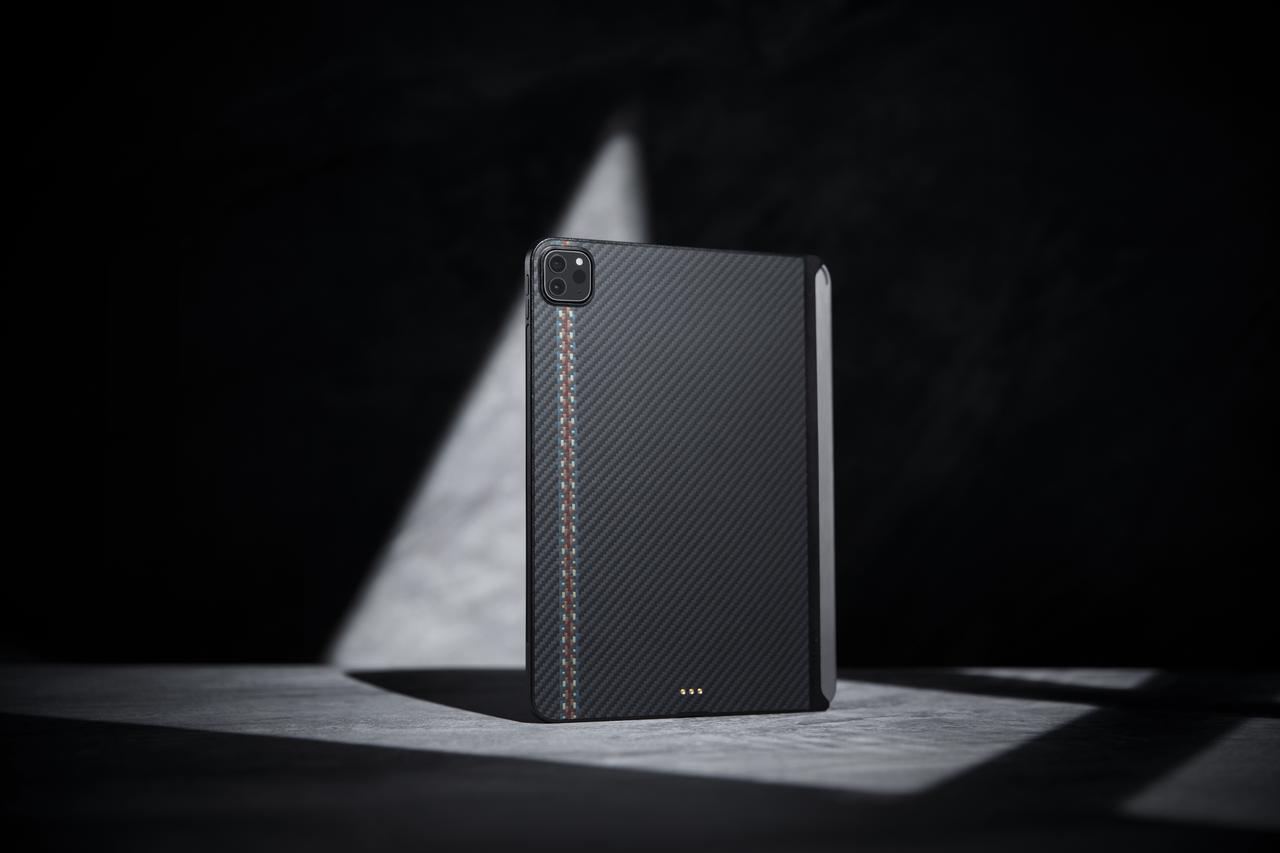Technology has evolved a lot in the last few years. There have been a lot of changes. Not only have computers advanced, but a lot of other technologies have also progressed as well. When it comes to hardware, cables, and the quality of media, the world has come a long way. When it comes to how technology progresses, the BNC cable has remained viable in specific fields and for specific uses. Below is a guide to BNC connectors and what they are still used for.
What is a BNC Connector?
A BNC connector is a coaxial cable used for multiple purposes. In commercial broadcasting, it originally replaced RCA and UHF connectors. During this time, it was even used for computer networks. As technology has progressed, BNCs were replaced by ethernet cables and Wi-Fi wireless connections for networks of computers.
Some television and DVD players still have BNC connections, but they are still commonly used in radio and TV broadcasting. BNC connectors can even improve the quality of video by using it as an alternative to VGA cables. BNCs are still used in a variety of ways, but they are mostly seen in broadcast facilities.
BNC vs. Other Connectors
The main difference between a BNC connector and the RCA is the connection plug. The BNC connection is more secure than an RCA because it locks the cable to the device. BNCs don’t become loose, which decreases the quality of the picture.
SMAs can also be used with coaxial cables. They are typically used for home televisions. They aren’t interchangeable with BNCs. SMAs are coasted and BNCs are not.
A TNC connector is a threaded version of a BNC connector. It offers higher-frequency performance. TNCs are commonly rated to 11 GHz but both are covered by MIL-C-39012. Each connector has its own benefits and drawbacks.
Three Types of Coaxial Connectors
The three different types of coaxial connectors are the BNC, the F-series, and the N-series. The F-series connectors are used to connect satellite and cable televisions and other tech like security cameras. Consisting of a central protruding conductor. This is a ferrule that is crimped onto the outer jacket of the cabled and a threaded collar to ensure a more solid connection.
The N-series is like the F-series. They have a pin that is fitted over the central conductor. They are also weather-proof. Used for backbone applications, these connectors are often used outside.
Finally, the BNC connector is a quick and secure connect and disconnect. One of the most important things that these connectors provide is the locking mechanism it has. BNCs are similar to the F-series in design. It has a central conductor and a ferrule on the outer shield of the cable. The rotating collar is designed to securely connect female connectors on another coaxial.
Why Are BNCs Used?
BNCs are used to secure cable connections in broadcasting situations. When you can’t risk the connection being lost, broadcasters in radio and television use BNC connectors. They lower the risk of the connection being degraded and compromised in a variety of situations. Radio, in particular, broadcasts at all times of day and night. BNC connectors are used for other streaming broadcasts like CCTVs. CCTVs constantly stream surveillance video and audio, which requires a stable connection.
The Future of Cables & Connectors
There is no telling how the future of technology will require different cables and connectors. Tech is taking over the manufacturing business, and cables are needed in a variety of ways. Cables are necessary for robotics, transfer of information, and to insulate the temperature of the tech hardware. While BNC connectors aren’t used as much as they used to be, these connectors will still be required in many different situations.
The tech has come a long way since UFH cables. The quality of the video and audio have improved in broadcasting situations because of the stability of connectors like BNCs. While there have been improvements on these connectors, only time will tell how the future will change broadcasting, streaming, and quality of both video and audio. Tech is evolving fast, and there is no end to the progress that it will hold. There are many moving parts, but either way it will be interesting.






